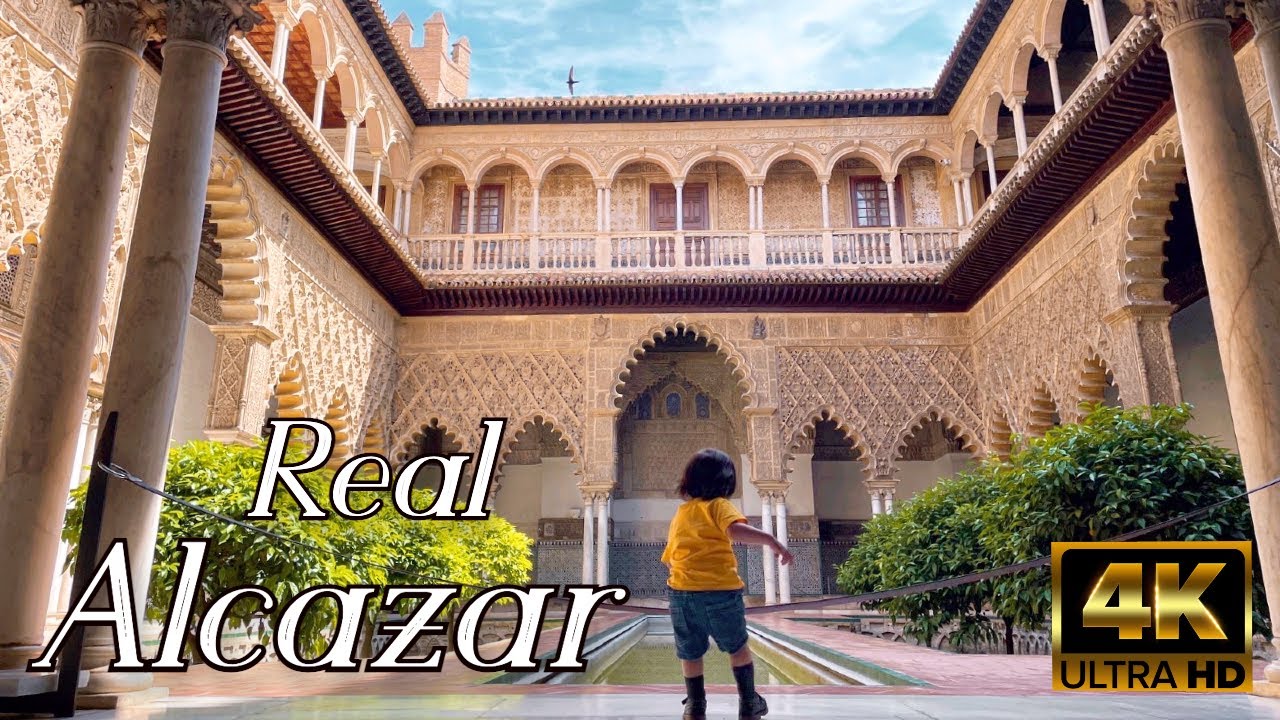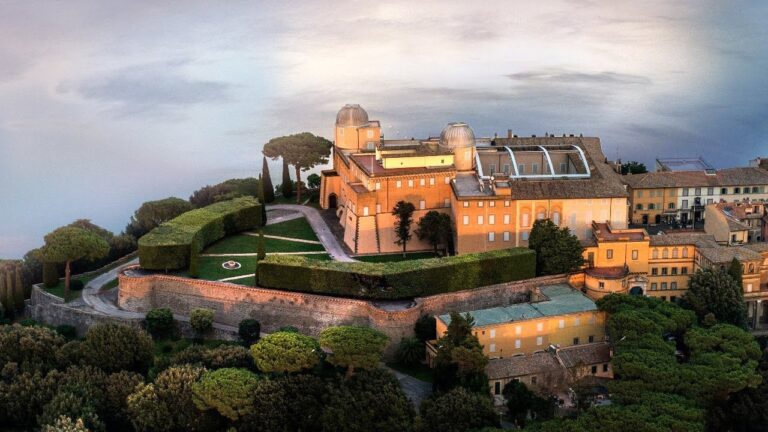The Magnificent Beauty of Royal Alcazar of Seville
Seville, a city in southern Spain, is famous for its rich culture, fascinating history, and stunning architecture. Among the many historic attractions in Seville, the Royal Alcazar of Seville stands out as a must-see destination for visitors from around the world.
History of the Alcazar Palace
The Alcazar Palace, also known as the Royal Palace of Seville, was originally constructed as a fort in the 10th century during the rule of the Moors. In the 14th century, King Pedro I of Castile ordered the construction of the palace, which he named the Alcázar of Seville.
The palace has witnessed many historic events, such as the signing of the treaty of Tordesillas in 1494, which divided the world between Portugal and Spain, the reception of Christopher Columbus after his first trip to the Americas, and the visit of several important figures, including the German emperor Charles V.
Architecture and Gardens of the Palace
The palace was built in the Mudejar style, which combines Islamic and Christian architectural principles. The intricate decorations, the plasterwork, and the colorful tiles reflect the influence of Islamic architecture, while the Gothic-style vaults, the Renaissance additions, and the baroque decorations represent the European style.
The palace also houses several marvelous gardens that reflect the different periods and cultural influences. The Lion’s Courtyard, the most famous of the gardens, is an oasis of tranquility with its fountains, ponds, and orange trees. The Garden of the Dance, with its symmetrical design, reflects the Italian Renaissance style, while the English Garden imitates the natural landscape of the countryside.
Notable Rooms and Structures
The palace has several notable rooms and structures that visitors must see. The Ambassador’s Hall, with its yellow and blue tiles and its domed ceiling, was used for important meetings and ceremonies. The Gothic Hall, with its vaulted ceiling and its heraldic symbols, was used for entertainment and feasts. The Palace of Peter I, a separate building within the palace complex, is a shining example of Mudejar architecture and contains several impressive halls and courtyards.
Another remarkable structure is the Baths of Lady María de Padilla, a water cistern that provided water for the palace and was named after the mistress of King Peter I.
Conclusion
The Royal Alcazar of Seville is an outstanding attraction that combines history, arts, and nature. The palace and its gardens offer a glimpse into the rich cultural heritage of Spain and the Islamic-Christian influences that shaped it. Whether you are interested in history, architecture, or just want to stroll in a peaceful garden, the Alcazar Palace is a place that you should not miss.




